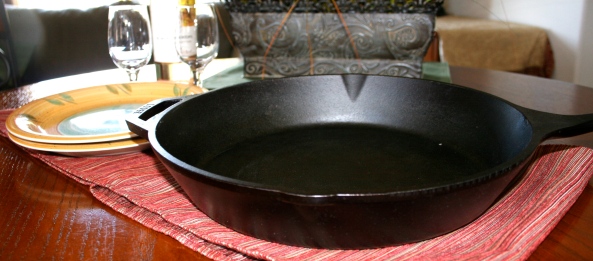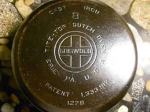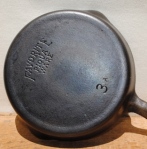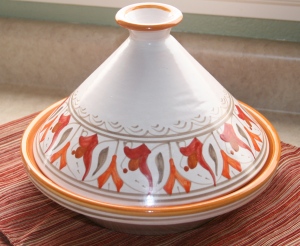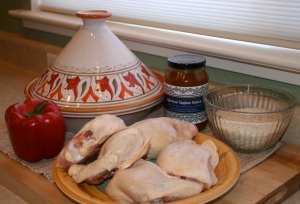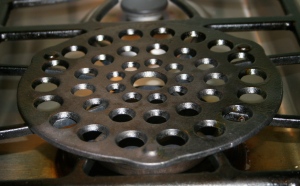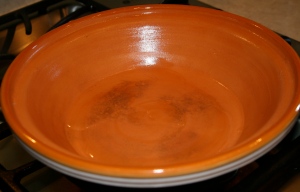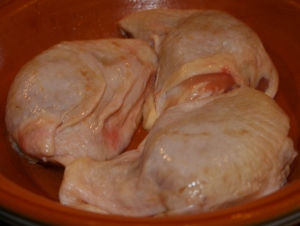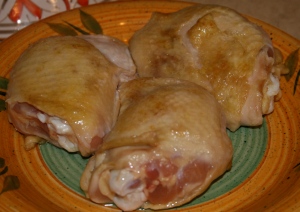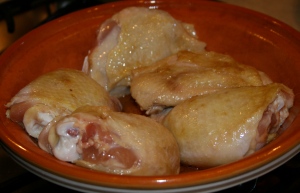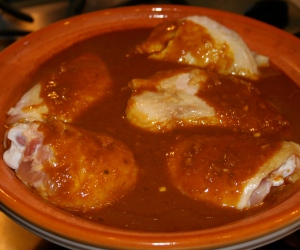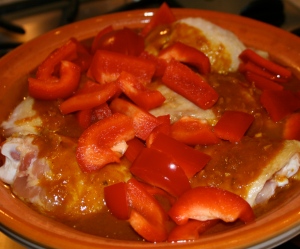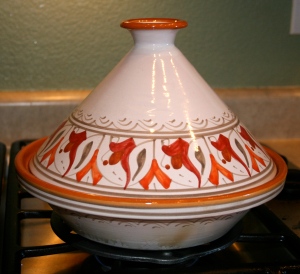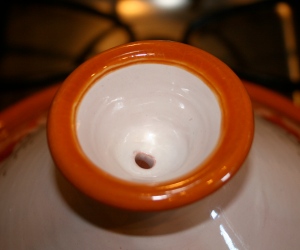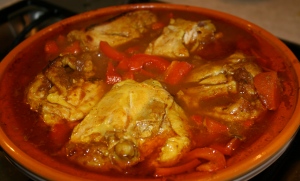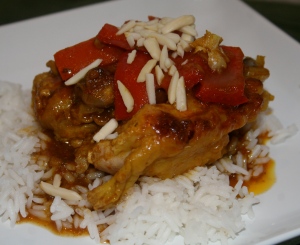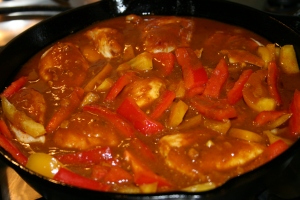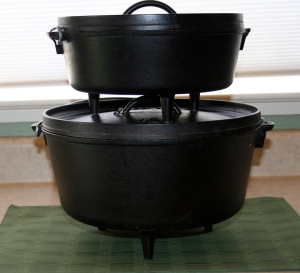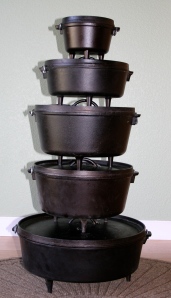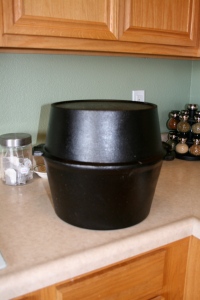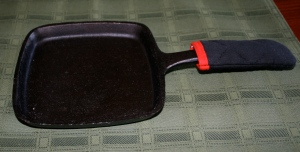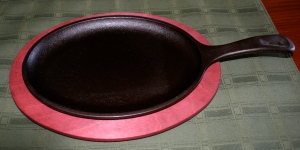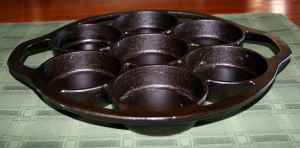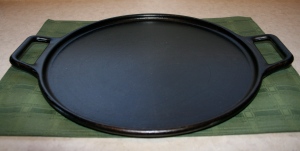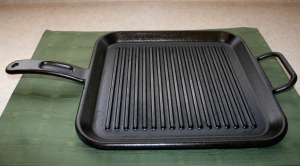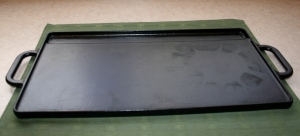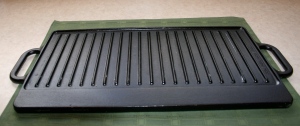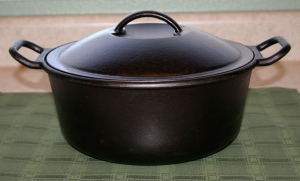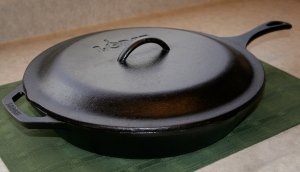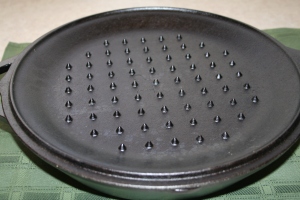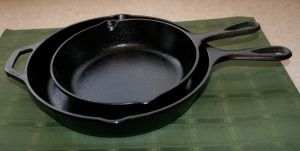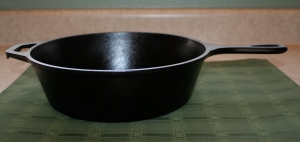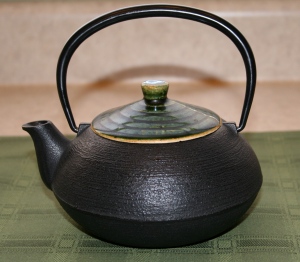Doug Thomas, my friend and fellow founding member of the Northern Sierra Dutch Oven Group, spends a lot of time researching and collecting cast iron cookware. He is one of Nevada’s reigning State Dutch Oven Champions and recently competed in the 2014 International Dutch Oven Society’s World Championship Cook Off. I asked him awhile ago if he’d be interested in writing some guest posts for my blog as his knowledge on cast iron, both new and vintage, is boundless. Below is a lovely article on what types of cast iron make the best skillet, along with some tips on collecting vintage pieces.
What is the best skillet for cooking and why?
Without a doubt the best skillet for cooking is made of cast iron. Cast iron skillets hold heat more uniformly and for longer periods of time than other types of metals. Additionally, they should be bare cast iron, not coated with enamel or porcelain. They should not have wooden handles so they can be interchanged from stovetop to oven. Bare cast iron cookware, however, does require seasoning with oil to seal the pores of the metal to prevent rusting and provide a smooth surface. Bare seasoned cast iron also imparts a certain flavor to the food being cooked and many medical personnel proclaim that it adds a certain amount of iron to the cooked food. Some doctors have even proclaimed that iron supplements can be reduced or eliminated with regular cast iron cooking.
What brand is the best?
There are many differences of opinion as to which brand is preferred. Perhaps one of the best skillets is the one grandmother or great-grandmother used. With proper care, cast iron skillets can last indefinitely. In addition, the early cast iron skillets were manufactured differently than the ones currently made. They were thinner and therefore of lighter weight. The surface of the metal was also very smooth compared to the porous surfaces found today.
Early manufacture of cast iron skillets began in the late 1800s and early 1900s. One of the earliest companies was Griswold. Their pans were marked with “ERIE” due to their production in Erie, Pennsylvania. In the early 1900s this was changed to “GRISWOLD.”
Another company, Wagner Ware went into business in 1891 and continued making cast iron for over a century. Today there is a Wagner and Griswold Society that is still quite active. Beware of Wagner skillets currently being sold in cardboard boxes as they are made in Asia. This skillet says “Wagner’s 1891 Original” and was manufactured between 1991 and 1999.
Lodge is the only factory still making cast iron skillets in the U.S.A. today. They were founded in 1896, and are manufactured in Tennessee. The current skillets are quite porous and thick-walled compared to the earlier versions.
A lesser-known skillet manufacturer was the Favorite Stove Company. It manufactured pans from the 1910s through the 1930s. These skillets have a very smooth surface and are lightweight. The bottom says “PIQUA” or “FAVORITE PIQUA.” Some have a smiley face under the name. This is an excellent skillet that is often overlooked.
Lastly, the Wapak Hollow Ware Company was formed in Wapakoneta, Ohio in 1903 where it produced several lines of “thin wall” skillets that were lightweight until 1926. These are currently some of the most sought after pans. Some have the word “WAPAK” on the bottom and the most collectable ones have the crest of a Native American chief on the bottom.
Several companies currently import cast iron skillets and include: Bayou Classic, Camp Chef, Coleman, Old Mountain and Texsport.
Choose your cast iron skillet wisely and it will treat you with a lifetime of pleasure.

